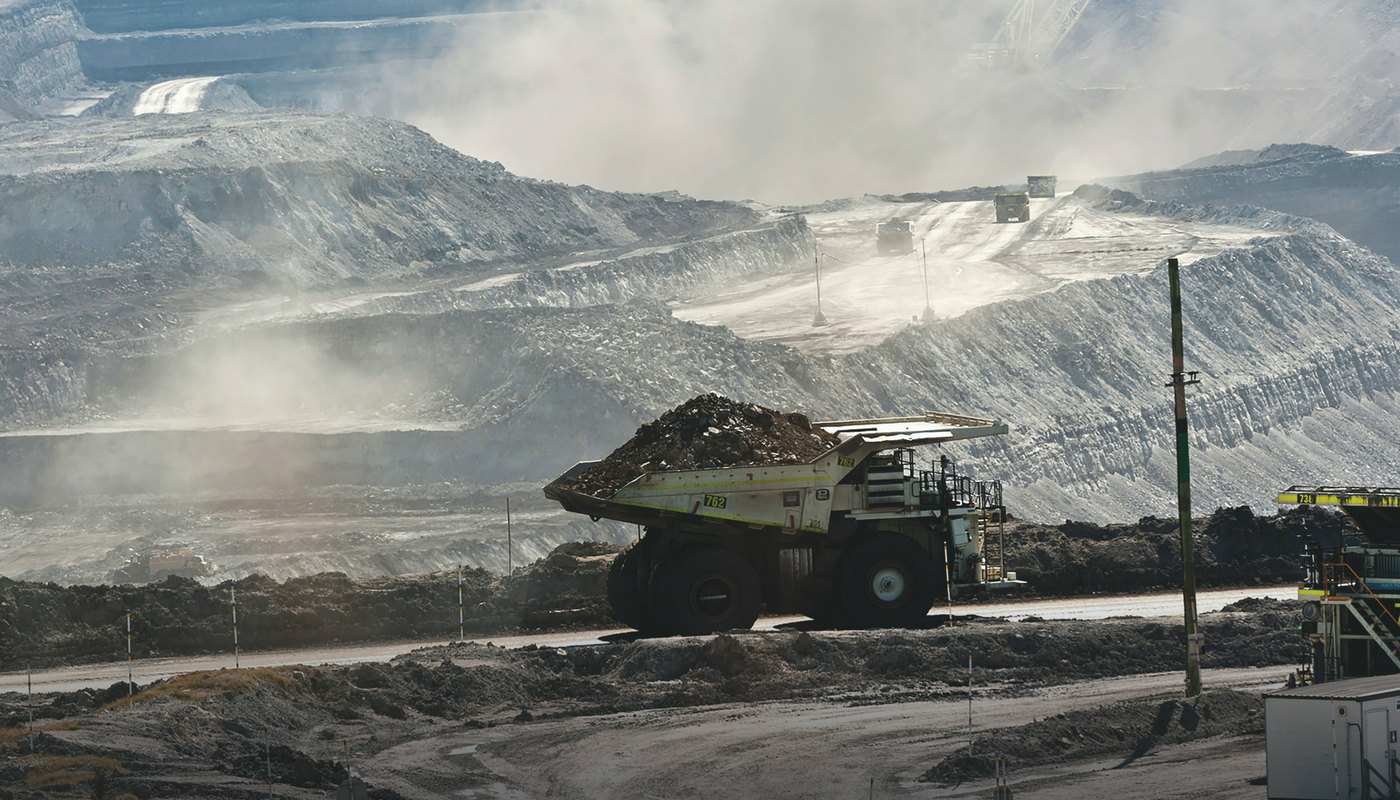The Australian Conservation Foundation has described the Albanese government’s approval of an extension - through to 2073 - for the Gregory Crinum metallurgical coal mine in Queensland’s Bowen Basin as reckless and inappropriate.
“Following the hottest July on record, as we’ve watched climate change wreaking havoc in Canada, Hawaii, Greece and Italy - and with Australia’s Bureau of Meteorology warning of a dangerous spring and summer ahead of us - it beggars belief that the government would approve a 50-year coal mine extension,” said ACF’s CEO Kelly O’Shanassy.
“With the UN Secretary General recently warning the world has entered the era of global boiling, approving a coal mine that could be shipping coal to be burnt through to 2073 is reckless and completely inappropriate.”
“No matter where in the world this coal is burnt, it fuels global warming and harms nature and people in Australia - things that are the responsibility of our government.”
“The fact that this coal mine - along with recent approvals of coal mines at Isaac River and Ensham - has been approved under our national environment law, highlights again how that law needs urgent reform.”



The Gregory Crinum mine is a large open-cut and underground coking coal mine located at Crinum, 60 km north east of Emerald in Central Queensland, Australia. The mine complex is owned by Sojitz Corporation[1][2][3][6]. The mine has coal reserves amounting to 159 million tonnes of coking coal, one of the largest coal reserves in Australia and the world[1]. The mine produces thermal, soft coking and hard coking coal for the export market[4][5].
Citations: [1] https://en.wikipedia.org/wiki/Gregory_coal_mine [2] https://miningdataonline.com/property/297/Gregory-Crinum-Mine.aspx [3] https://www.gem.wiki/Gregory_Crinum_mine [4] https://www.mining-technology.com/projects/crinum/ [5] https://www.mininglink.com.au/mine-details/gregory [6] https://www.sojitzblue.com.au/projects/
So yes?
Because from what I understand we need coking coal and to continue to produce metal in the next 50 years. This isn’t like some brown coal to be used in some shitty old power station that could be replaced with a few windmills and solar panels.
https://theconversation.com/green-steel-is-hailed-as-the-next-big-thing-in-australian-industry-heres-what-the-hype-is-all-about-160282
No, not really.
Sustainable methods of metal production that don’t use coking coal include:
Direct-reduced iron plants: Steelmakers can extract iron from ore by reacting the rock with gas in facilities called direct-reduced iron plants. These iron pellets can then be made into steel in an electric arc furnace, which can run on electricity made from renewable energy. Using fossil gas in the first step is cleaner than using coal, though it still pollutes the atmosphere and heats the planet[1].
Green steel: Hybrit, a Swedish venture, aims to replace coking coal, traditionally needed for ore-based steel making, with renewable electricity and hydrogen. The company started test operations at its pilot plant for green steel in Lulea, northern Sweden, a year ago. It aims to replace coking coal, traditionally needed for ore-based steel making, with renewable electricity and hydrogen. Hydrogen is a key part of the EU’s plan to reach net zero greenhouse gas emissions by 2050. Hybrit is owned by the steelmaker SSAB, state-owned utility Vattenfall and miner LKAB[2].
Electric arc furnaces: Electric arc furnaces use an electrical current to melt steel, largely recycled scrap, and have far lower CO2 emissions than blast furnaces. By using electricity to separate iron from its ore, companies claim they can make steel without releasing carbon dioxide, offering a path to sustainable steel production[3].
Natural gas-based direct-reduction-based steelmaking: This method uses natural gas as fuel, rather than coke. However, this method has similar drawbacks to the use of fossil gas in direct-reduced iron plants[4].
Coal phase-out in steelmaking: A recent report by Agora Energiewende found that a coal phase-out in steelmaking is technically possible by 2040. Recent advancements in Direct Reduction Iron (DRI) technology and hydrogen-based steel production could help to achieve this goal[5].
It is worth noting that replacing existing iron and steel plants with sustainable alternatives would require significant investment and infrastructure development[6].
Citations: [1] https://www.dw.com/en/green-steel-climate-solutions-coal-carbon-capture-storage-hydrogen/a-62011017 [2] https://www.theguardian.com/science/2021/aug/19/green-steel-swedish-company-ships-first-batch-made-without-using-coal [3] https://www.motherjones.com/environment/2022/05/sustainable-green-steel-new-technology/ [4] https://mergeflow.com/research/green-steel [5] https://www.banktrack.org/blog/how_sustainable_are_the_sustainable_steel_principles [6] https://www.newyorker.com/news/annals-of-a-warming-planet/the-promise-of-carbon-neutral-steel